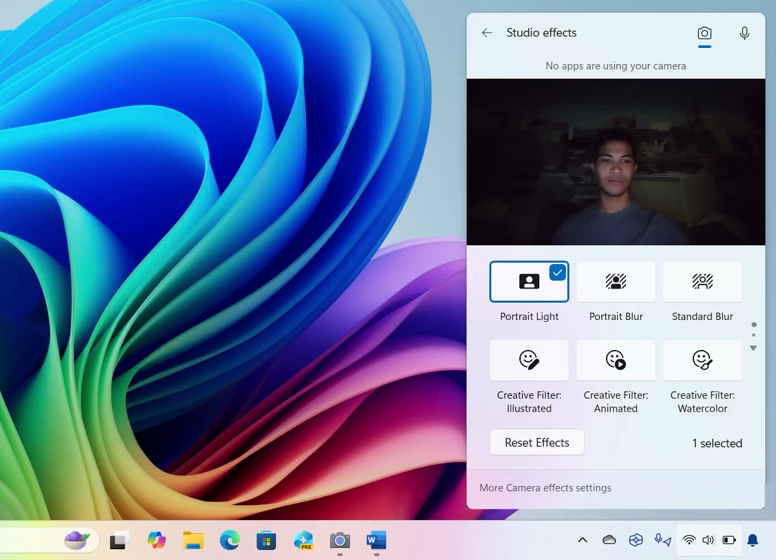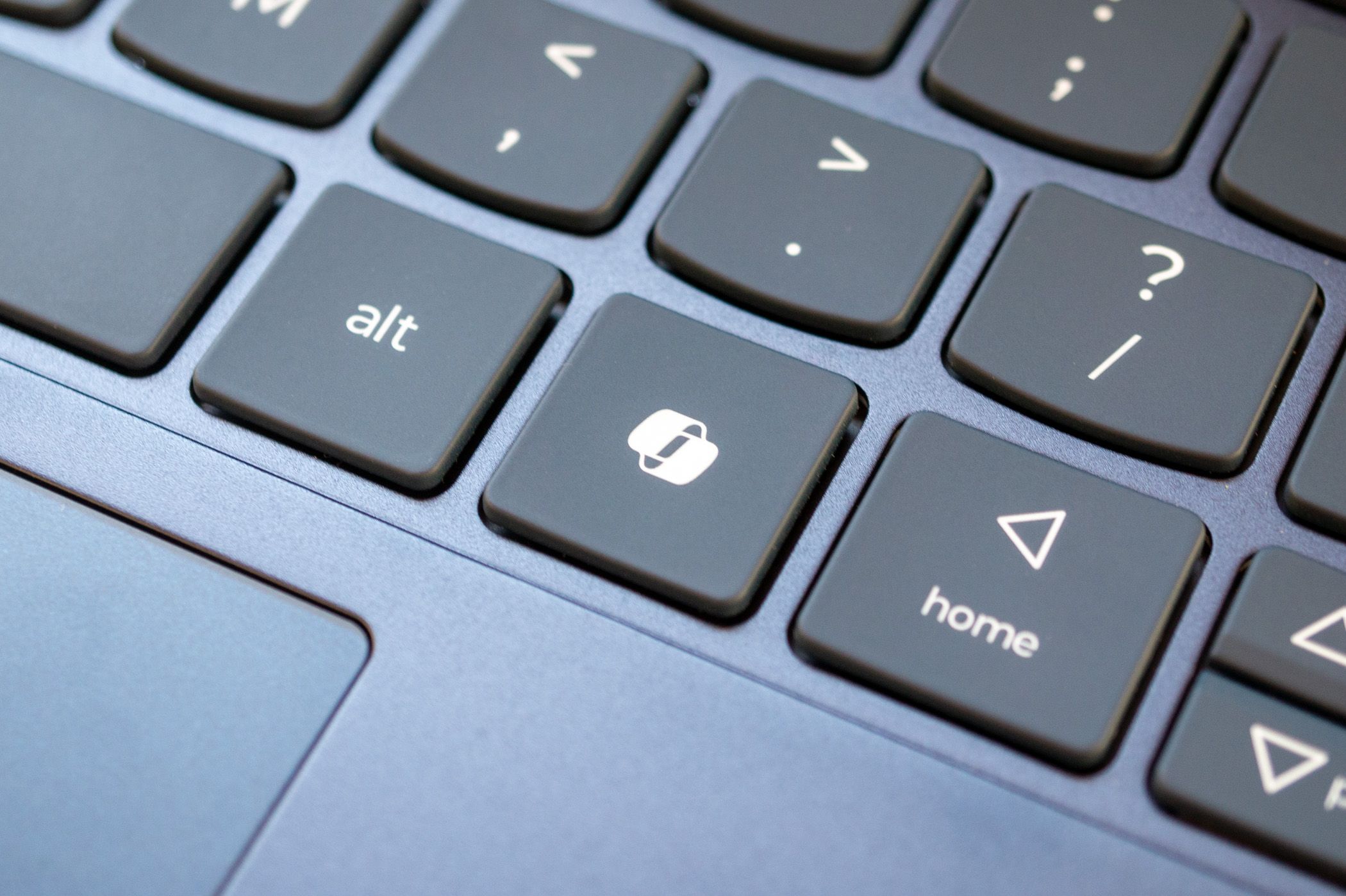The Copilot+ PC is a new category of Windows computers, spanning across laptops, desktops, and tablets. Here’s how they work, and how they’re different than a typical PC.
What Is a Copilot+ PC?
Microsoft introduced the Copilot+ PC category in March 2024, announcing the computers as “the fastest, most intelligent Windows PCs ever built.” The main distinction is that every Copilot+ PC has a dedicated neural processing unit, or NPU, which can run local machine learning or generative artificial intelligence workloads without eating up CPU or GPU resources.
Copilot+ PCs have additional Windows system features powered by the NPU. Live Captions, which can add real-time captions to any video content (including calls), has an additional real-time translation mode on Copilot+ PCs. Paint and other Windows applications have a ‘Cocreator’ feature for generating AI images as well.
Copilot+ PCs also have Windows Studio Effects, which allow you to apply effects to your camera and microphone like a background blur, portrait light, automatic video framing, and voice isolation. Some video chat services have built-in versions of these features, but the Windows Studio Effects run locally on your own PC, so they should work better and be more responsive. They’re a lot like the video effects and Center Stage feature available on most Mac computers.
The most controversial feature on Copilot+ PCs is Recall, which creates a searchable and scrollable timeline of your PC’s screen activity by periodically capturing screenshots. For example, if you forgot what you were working on a few hours ago, you can jump back a few hours and see a snapshot from that time. Windows also scans the text and context of each snapshot to make them searchable. You could enter “New York City” to quickly jump to a WhatsApp chat where you were talking about a trip, or it can find articles about NYC you were reading in your web browser a few days ago.
Recall is a bit like Spotlight on macOS and the now-defunct Timeline feature from Windows 10, but the way it works is completely different. Instead of applications filling out a database of your activity (like Timeline), or your computer scanning your local files and connected cloud documents (like Spotlight), Recall scans what’s on your screen and uses on-device AI models to figure out the context.
Microsoft delayed the rollout of Recall after the initial version was found to have many security issues. The database of screenshots was readable by third-party applications, Recall was seemingly enabled by default, and it gave anyone with physical access to the computer a full timeline of everything you did on the PC. Microsoft went back to the drawing board, promising the database would be encrypted, accessing Recall would require authentication with Windows Hello, and Recall wouldn’t be enabled by default. We’ll have to wait and see if Microsoft sticks to those promises—as of February 2024, Recall is still limited to the public testing branches of Windows 11.
The NPU can also be used by third-party applications. Qualcomm announced last year that Affinity Photo 2 can use the NPU on Snapdragon laptops for better object selection, and the Moises audio editor can do real-time instrument and voice isolation. These integrations are still rare, though, and may not work the same across Snapdragon and x86-based PCs.
Copilot+ PCs are also supposed to have a dedicated Copilot key for opening the Copilot chatbot. However, if you buy a tablet or desktop PC without a built-in keyboard, you might not have one. Also, some PCs might have the Copilot key but aren’t Copilot+ PCs. That’s not confusing at all.
You can always check Microsoft’s website for an updated and complete list of all features unique to Copilot+ PCs.
Copilot+ PCs vs. ARM PCs
The first Copilot+ PCs were laptops with Qualcomm’s ARM-based Snapdragon X chipsets, so reviews and impressions about Windows 11 for ARM and the performance of Snapdragon chips was mixed in with discussions about Copilot+ PCs. However, they are not the same thing. Some ARM Windows PCs are Copilot+ PCs, but not all Copilot+ PCs have ARM processors.
You can now buy Copilot+ PCs with Intel and AMD x86 processors, in addition to many models using ARM-based Snapdragon chips. Qualcomm was just the first company that had chipsets with high-performance TPUs. Now that Intel and AMD have caught up, you can get a Copilot+ PC without the software compatibility issues on ARM Windows 11.
Why Are Some PCs Not a Copilot+ PC?
The main requirement for a computer to be a Copilot+ PC is having an NPU capable of performing 40 or more TOPS (40 trillion operations per second), according to Microsoft’s documentation. That includes PCs with many Snapdragon X chipsets, some Intel Core Ultra (Lunar Lake) processors, AMD’s Ryzen AI Max chips, and others.
Importantly, that requirement is based on the TOPS performance of the processor or system-on-a-chip. Dedicated graphics cards can add more performance, but they won’t turn an old PC into a Copilot+ PC with all features available. Presumably, Microsoft wants to avoid eating up GPU resources for background tasks that are constantly running, and that’s only possibly by offloading the processes to a dedicated TPU. Maybe there will be some official way of enabling Copilot+ features on older PCs with hardware upgrades, but nothing has been announced about that yet. Microsoft would prefer if you bought a new computer.
Each Copilot+ PC is also required to have at 16GB of DDR5/LPDDR5 RAM and 256GB of SSD storage. The base requirements for Windows 11 is 4GB RAM and 64GB of solid state or hard drive storage, so the benchmark for Copilot+ PCs is a bit higher. In this respect, the Copilot+ PC label is a bit like the Intel Evo Platform or Google’s Chromebook Plus label—it’s telling you “this computer will be at least okay.”






